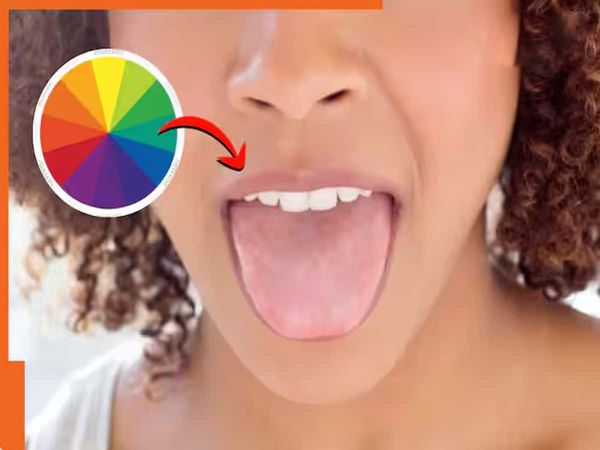
Tongue color: The tongue is used not only to taste but also for other things. You can learn about your internal health with the color of your tongue. Not only the color of the tongue changes, but there are many changes in its structure. Let us know what the color of the tongue tells about our health.
Many colors of tongue
Light pink color: The color of the normal tongue is light pink. It can also have a thin white layer. This layer is normal and does not need to be cleaned.
Red tongue: If the color of your tongue is red, it can be a sign of fever, infection or inflammation. It can also be a symptom of vitamin B12 deficiency.
White tongue: The frozen of the white layer on the tongue may be a sign of yeast infection or leukoplakia. Leukoplakia is a condition in which white spots are formed in the mouth.
Yellow tongue: Yellow tongue may be a sign of jaundice or digestive problems. It can also cause side effects of some drugs.
Black tongue: Black tongue may be caused by taking antibiotics or fungal infections. This can also be caused by drugs containing bismath subcilicilate.
Blue tongue: Blue tongue can be a sign of oxygen deficiency in the body. It can also be a symptom of heart or lung problem.
The structure of the tongue:
Smooth tongue: If your tongue is very smooth, then your body may have vitamin B12 or iron deficiency.
Swell tongue: A swollen tongue means allergies or some type of infection.
Torn tongue: If your tongue is repeatedly bursting, it clearly means that there is excessive stress or dehydration in your body.
White spots on the tongue
, White spots on the tongue can be a sign of yeast infection or leukoplakia.
red spots: Red spots on the tongue can be a sign of fever, infection or inflammation.
Black spots: Black spots on the tongue can be caused by fungal infections or side effects of some drugs.